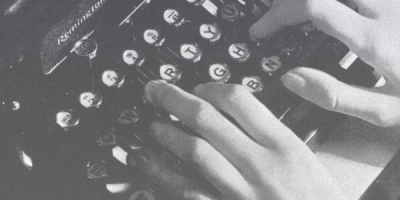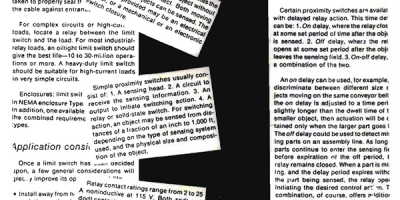
Last time, using a “senior citizen” character, we confirmed that “characters are connected to general human behavior,” and as a result, “characters are also connected to ‘traces’ of behavior.” In the previous essay, we saw this specifically in the example of “calligraphy.”
Like calligraphy, literature is also a trace of the behavior of “writing.” So is character related to literature, as it is to calligraphy?
Yes, it is. It is not uncommon for literature that does not reveal the intentions of the author to receive high acclaim. The below is a passage from a biography of Naoya Shiga(1) .
Akutagawa(2) once said to Soseki Natsume: “I couldn’t write like Shiga even if I wanted to. How can I learn to write like that?”
Soseki replied: “He can write like that because he doesn’t try to write literature; he writes exactly what he’s thinking. I couldn’t write like him either.”[AGAWA Hiroyuki(3) , Shiga Naoya no Seikatsu to Geijutsu(4) (1989)]
Here, Ryunosuke Akutagawa and Soseki Natsume, are talking about how good Shiga’s writing is, and Soseki states that the reason for this is the absence of intention: “he doesn’t try to write literature; he writes exactly what he’s thinking.”
Soseki also had this to say regarding works of art in general:
Like the calico of India, or Persian scrolls, which are of value precisely because they have a slightly odd look to them, this floral carpet has an air of artlessness about it. Not only this carpet, but all goods from China lack something. They can only be the invention of a foolish and patient people. The dream-like feeling one gets when looking at it is priceless. The Japanese produce art with the mentality of pickpockets.
[NATSUME Soseki, Kusamakura (1906)]
Please don’t be offended if you’re Chinese. Although Soseki, or rather the protagonist of
Please don’t be offended if you’re Japanese. I don’t believe that all Japanese art is like this. Again, this is Soseki’s belief, or rather that of the protagonist of Kusamakura.
*
In any case, works of art are, needless to say, the traces left by behaviors such as “weaving,” “drawing,” and “carving”—or in other words, of “making.”
I think all of my readers, who are of course extremely intelligent, already know this. In the next essay, I will slightly revise something I wrote long, long ago.
* * *









(1) 1883–1971 Japanese novelist
(2) 1892–1927 Ryunosuke Akutagawa: Japanese short story author. Japan’s most prestigious literary prize is named in his honor.
(3) 1920– Japanese biographer and novelist.
(4) Translated: The Life and Art of Shiga Naoya